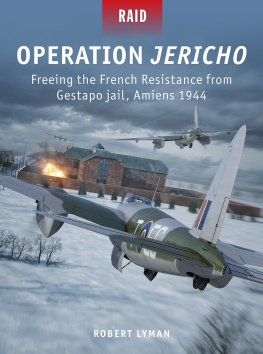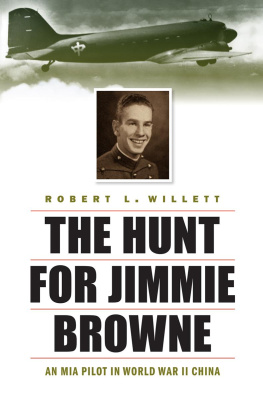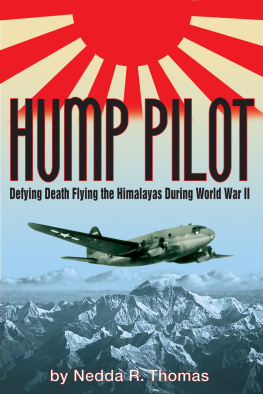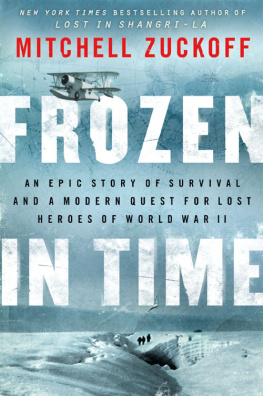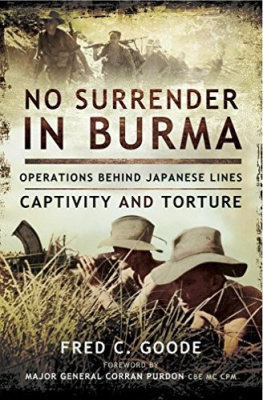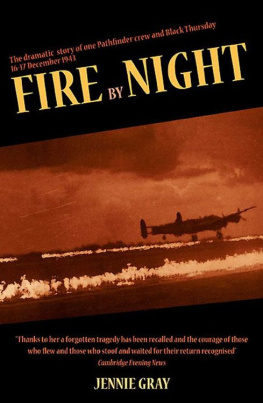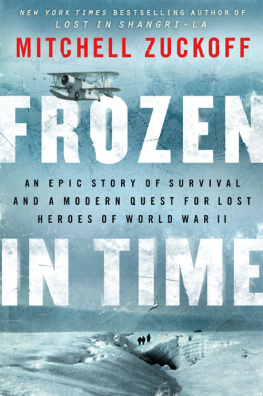
ALSO BY ROBERT LYMAN
Slim, Master of War
First Victory
Iraq, 1941
The Generals
The Longest Siege
Japans Last Bid for Victory
Kohima, 1944
Operation Suicide
Into the Jaws of Death
Bill Slim
The Jail Busters
The Real X-Men

Copyright 2016 by Robert Lyman
All rights reserved. No part of this publication may be reproduced, stored in a retrieval system, or transmitted, in any form or by any means, electronic, mechanical, photocopying, recording, or otherwise, without the prior written permission of the publisher. Printed in the United States of America. For information, address Da Capo Press, 44 Farnsworth Street, Third Floor, Boston, MA 02210.
Library of Congress Cataloging-in-Publication Data
Names: Lyman, Robert, author.
Title: Among the headhunters: an extraordinary World War II story of survival in the Burmese jungle / Robert Lyman.
Description: Boston, MA: Da Capo Press, a member of the Perseus Books Group, [2016] | Includes bibliographical references and index.
Identifiers: LCCN 2016006387 (print) | LCCN 2016006988 (ebook) | ISBN 9780306824685 (ebook)
Subjects: LCSH: World War, 19391945Burma. | World War, 19391945Aerial operations, American. | World War, 19391945Jungle warfare. | Naga (South Asian people)Burma. | BurmaHistoryJapanese occupation, 19421945. | Sevareid, Eric, 19121992.
Classification: LCC D767.6.L953 2016 (print) | LCC D767.6 (ebook) | DDC 940.54/4973092dc23
LC record available at http://lccn.loc.gov/2016006387
Published by Da Capo Press
A Member of the Perseus Books Group
www.dacapopress.com
Da Capo Press books are available at special discounts for bulk purchases in the U.S. by corporations, institutions, and other organizations. For more information, please contact the Special Markets Department at the Perseus Books Group, 2300 Chestnut Street, Suite 200, Philadelphia, PA 19103, or call (800) 810-4145, ext. 5000, or e-mail .
Design by Jane Raese
Set in 11-point New Baskerville
10 9 8 7 6 5 4 3 2 1
THIS BOOK IS DEDICATED
TO THE MEMORY OF GORDON GRAHAM,
19202015.
Table of Contents
Guide
CONTENTS
In 1943 a Soviet spy, a celebrated American journalist, a top-ranking political adviser, and eighteen othersAmerican and Chinesesurvived an air crash on the mountainous and remote border between India and Burma. It was, and remains, the largest evacuation of an aircraft by parachute, and, given the fact that even the crew had never been trained in the technique, it was a miracle that so many survived. They fell with their crippled plane from the frying pan into the fire. On disentangling themselves from their parachutes, the twenty shocked survivors soon found that they had arrived in wild country dominated by a tribe that had an especial reason to hate white men. The Nagas of the Patkoi Hills on their remote and unsurveyed land were notorious headhunters, who continueddespite the feeble wrath of distant British imperial authorityto practice both slavery and human sacrifice. Their specialty was the removal of the heads of their enemiesoften women and childrenachieved with a swipe of ugly, razor-sharp daos. On two occasions in recent years their village, or parts of it, had been burned to the ground and their warriors killed in running battles with sepoys sent to teach the villagers a lesson and to exert the authority of the Raj.
Nevertheless, and against all the odds, all but one of the twenty-one passengers and crew on the doomed aircraft survived. This is the story of the extraordinary adventure of those men among the Nagas of Pangsha and of their rescue by the young representative of the distant imperial power, the British deputy commissioner who arrived wearing Bombay bloomers and stout leather walking shoes, carrying a bamboo cane, and leading an armed party of friendly Nagas. In their meeting in some of the worlds most inaccessible and previously unmapped terrain, three very different worlds collided. The young, exuberant apostles of the vast industrial democracy of the United States came face-to-face with members of an ancient mongoloid race, uncomprehending of the extent of modernity that existed beyond the remote hills in which they lived and determined to preserve their local power, based on ancient head-hunting and slaving prerogatives. Both groups metnot for the first time for the Nagas, whose village had been burned twice, in 1936 and 1939, because of persistent head-huntingthe vestiges of British authority in India, disintegrating as the Japanese tsunami washed up at its gate.
Robert Lyman
ADMINISTERED AREA An area under the legal jurisdiction of the government of Assam and therefore the responsibility of a British deputy commissioner.
ASSAM RIFLES The local militia of the state of Assam, which began life as the Naga Hills Military Police. Many of its sepoys (soldiers) were ex-Gurkhas of the British-Indian Army who now lived in Assam.
ATC The Air Transport Command of the US Army Air Forces (USAAF) in the China-Burma-India (CBI) theater.
AVG The American Volunteer Group, or Flying Tigers, American mercenaries recruited to fly for the Chinese government immediately before the war.
BASHA The Indian Army term for a temporary shelter made out of canvas or local materials/vegetation.
CBI China-Burma-India theater, the US war command in the Far East.
C-46 The Curtiss-Wright airliner rushed into service in the CBI theater in mid-1946 and designated the Commando.
C-47 SKYTRAIN The military version of the Douglas DC3 airliner, known as the Dakota by the RAF and nicknamed the Gooney Bird by Americans.
CONTROL AREA An area outside the directly administered British territory in the Naga Hills in which the Raj claimed political influence. The territory was not formally administered by the government of Assam, but anything untoward that happened in it was considered to be of interest to the British deputy commissioner in Kohima and his assistant in Mokokchung.
DACOIT The Burmese word for a marauding bandit.
DAO The Assamese word for a machete.
DETACHMENT 101 A unit of the OSS in northern Burma with responsibility for taking guerrilla warfare to the Japanese using local Kachin tribespeople.
DOBASHI A British-appointed Naga interpreter. Each Naga tribe spoke its own language (not merely a different dialect), which made intertribal communication extremely difficult, although a form of Naga creole (called Nagamese) based on Assamese did develop as a kind of linguistic glue to facilitate communication among the separate tribes. A dobashi was provided with a red blanket to denote his appointment.
DUMBASTAPUR Nickname, a derivation of dumb bastard, given by men of the ATC to Chabua Air Base, Assam.
EAST INDIA COMPANY The London-based trading organization, known colloquially as John Company, which through a process of commercially inspired expansion (supported by British military power) ruled much of India from the eighteenth to the midnineteenth century. It was dissolved following the mutiny of 1857 and replaced by direct rule by the British government, known as the Raj.
FDR Franklin Delano Roosevelt, the thirty-second president of the United States, who died in April 1945.


